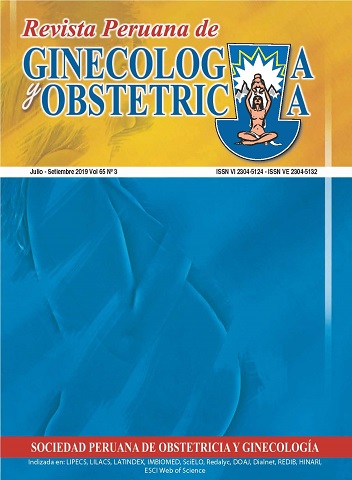Ultrasound-based rules to assess ovarian tumor malignancy - IOTA (International Ovarian Tumor Analysis Group) approach
DOI:
https://doi.org/10.31403/rpgo.v66i2188Abstract
The detection of an adnexal mass by ultrasound is the starting point of a long way of anxiety for the gynecological patient. Ovarian cancer is one of the most frequent gynecological neoplasms in the world; 75% of ovarian cancers are diagnosed in advanced stages (III or IV), when 5-year survival does not exceed 10%. Multiple attempts have been done to unify criteria of ovarian cancer screening, and no consensus has been achieved. Combined methods have been described, including gray-scale and color Doppler ultrasound screening, that consider quantitative scores to evaluate the risk of cancer in ovarian tumors. Despite its increasing predictive value, this method is not frequently used by gynecological diagnostic units in our country. The International Tumor Analysis Group (IOTA) has developed and validated predictive models based on multicenter data series with measurements and standardized data collection that have achieved predictable and quite acceptable estimation of malignant pathology. Considering the high rate of false positivity with current methods, it is important to improve the rate of ultrasound detection of pathologies for correct derivation and surgical oncologic approach as required.Downloads
Download data is not yet available.
Downloads
Published
2019-06-27
How to Cite
Huerta, I. (2019). Ultrasound-based rules to assess ovarian tumor malignancy - IOTA (International Ovarian Tumor Analysis Group) approach. The Peruvian Journal of Gynecology and Obstetrics, 65(3), 311–315. https://doi.org/10.31403/rpgo.v66i2188
Issue
Section
Simposio - Manejo de la Masa Ovárica
















